After a comprehensive traffic-police data study, the civic administration has identified 34 key corridors across the city for immediate repair and resurfacing under an “urgent mobility and safety” plan.
By SarhindTimes Civic Affairs Bureau
Gurgaon / New Delhi, October 2025
The Roads That Broke, and the System That Finally Moved
Months of monsoon wear, repeated patchwork fixes, and swelling traffic volumes have left the city’s road network battered and citizens frustrated. Now, in what officials call the first data-driven road revamp initiative, the city administration has shortlisted 34 of the most damaged corridors for immediate overhaul.
The move comes after joint mapping by the Municipal Corporation, traffic police, and the Public Works Department (PWD), using congestion logs, GPS data, and citizen complaints to identify road sections posing the highest risk to both commuters and public safety.
“We’ve moved from anecdotal decisions to analytics,” said Vivek Khatri, Joint Commissioner (Infrastructure).
“These 34 corridors are responsible for nearly 60% of reported pothole-related breakdowns and traffic snarls.”
A Patchwork City’s Breaking Point
From MG Road’s underpass stretch to Golf Course Extension, and from Sector 56 to the Hero Honda Chowk flyover, the scars of neglect are visible and bone-jarring.
Motorists navigating craters large enough to swallow small cars have taken to social media, posting photos tagged #PotholeCapital and #SlowRoadToWork.
Over the last quarter, the traffic police reported over 3,800 congestion alerts linked directly to uneven road surfaces, frequent digging, and incomplete resurfacing.
In some stretches, like the IFFCO Chowk–Shankar Chowk connector, the cumulative loss of commuting hours is estimated at 1.2 lakh man-hours per day, according to an internal MCG assessment.
“A five-kilometer commute can take 45 minutes at peak time,” said Priya Sharma, a daily commuter from Sector 46.
“Every monsoon it’s the same story — they patch, it rains, it breaks again.”
The 34 Roads: A Snapshot of Priorities
The list includes arterial, sub-arterial, and commercial corridors where both vehicular density and surface distress are highest. Some notable inclusions:
- MG Road – IFFCO Chowk to Sikanderpur stretch
- Golf Course Extension Road – Sector 55 to Sector 67
- Sohna Road – Subhash Chowk to Badshahpur
- Sector 56–57 Main Spine
- Hero Honda Chowk–Pataudi Road link
- Delhi–Gurgaon Expressway Service Lanes
- Old Delhi Road – Maruti Gate to Sector 14
- Rajiv Chowk underpass approach
- DLF Phase III internal link roads
- Palam Vihar–Sector 23 corridor
… (full list expected to be released by the MCG this week)
Each corridor will be assigned an “intervention score” based on surface condition, waterlogging frequency, drainage adequacy, and traffic intensity.
Technology Joins the Repair Crew
Unlike earlier manual audits, this round of selection used traffic police’s AI-integrated congestion database and geotagged citizen complaint inputs from platforms like SmartCity App and MCG Grievance Portal.
The integration helped create a “pain map” — a digital overlay highlighting chronic hotspots where road degradation correlates directly with traffic bottlenecks.
“When potholes create ripple congestion, the loss isn’t just inconvenience — it’s economic,”
said Dr. R.K. Bhalla, urban mobility expert and consultant with the Smart City Mission.
“Every additional minute stuck in traffic translates into emissions, fuel wastage, and productivity drain.”
According to rough estimates, the city loses ₹7 crore daily in time and fuel because of poor road quality and traffic inefficiency.
Public Safety Trigger
Beyond inconvenience, safety concerns have accelerated the decision.
In 2024 alone, the city recorded 126 road accidents where potholes or road depressions were cited as contributing factors.
Motorcyclists, especially delivery riders and gig workers, remain the most vulnerable.
“We have data linking certain bad stretches directly to accident clusters,”
confirmed DCP (Traffic) Karan Singh.
“That’s why this repair drive is being treated as a safety intervention, not just maintenance.”
Budget and Timeline
The Municipal Corporation of Gurgaon (MCG) has earmarked ₹118 crore for immediate works under the Urban Road Rehabilitation Fund, with an additional ₹40 crore proposed under contingency and emergency allocations.
The work will proceed in three phases:
- Critical Arteries (Phase I) – 12 roads with maximum commuter load.
- Secondary Corridors (Phase II) – 10 mixed-use stretches feeding into arterial roads.
- Feeder and Local Connectors (Phase III) – 12 internal routes.
Officials have set a 60-day target for completion of the first phase, with strict contractual penalties for delays.
Drainage and Durability: Lessons from the Past
Officials say this round will avoid the “cosmetic patching” that has historically undermined public confidence.
New specifications include:
- Use of polymer-modified bitumen for durability.
- Laser road-profiling to ensure even layering.
- Integrated stormwater conduits to prevent surface degradation.
- QR-coded project tracking for public transparency.
“We want to end the dig–repair–re-dig cycle,”
said Chief Engineer A.K. Tiwari.
“This time, contractors will be held accountable for two monsoon cycles of performance.”
Citizen Engagement
For the first time, the MCG will publish a live repair progress dashboard accessible on its official website, allowing citizens to:
- Track project status by road name.
- Upload fresh pothole complaints with location tags.
- Verify contractor details and completion photos.
Local Resident Welfare Associations (RWAs) and industrial bodies have been asked to nominate “road wardens” — citizen volunteers who will monitor daily progress.
“It’s not just about fixing roads,” said RWA President Manish Bansal (Sector 57).
“It’s about rebuilding trust between taxpayers and civic systems.”
Congestion and Commuter Psychology
Urban planners point out that bad roads create behavioral gridlock — aggressive driving, lane violations, and honking spikes all stem from perceived inefficiency.
Studies by TERI and IIT Delhi show that in NCR cities, road quality directly influences average commuting stress levels and even mental fatigue.
“You can’t design calm traffic over broken surfaces,”
said Dr. Anita Mehra, traffic psychologist.
“Infrastructure shapes driver psychology as much as enforcement does.”
Integration with Smart Mobility Plan
The repair drive aligns with the city’s broader Smart Mobility 2030 Blueprint, which includes:
- Intelligent Traffic Signals (ITS) integrated with congestion sensors.
- Dynamic rerouting advisories through GPS providers.
- Synchronized road repair schedules to avoid repeat disruptions.
The MCG has requested support from NHAI and Haryana PWD to coordinate overlapping jurisdiction areas.
“You can’t repair MG Road while NHAI digs the next lane,” a senior official remarked dryly.
“Inter-agency synchronization is the real challenge.”
Citizens’ Voice: Between Fatigue and Hope
Public sentiment oscillates between cynicism and cautious optimism.
For many, decades of unkept promises have eroded faith.
“We’ve seen endless inaugurations and zero follow-through,” said Ajay Khanna, a retired banker from DLF Phase II.
“If they really fix 34 roads properly, it’ll be a civic miracle.”
Others see the glass half full.
“At least they’re using data,” said college student Sakshi Rana.
“If algorithms can fix potholes faster than paperwork, I’m all for it.”
The Contractor Accountability Question
Civic insiders admit the real test lies in execution.
Historically, poor workmanship and lack of third-party auditing have led to recurring failures.
To address this, the MCG will empanel independent engineering consultants for real-time quality checks and geo-tagged site audits.
Additionally, warranty bonds worth 10% of the project value will be held in escrow — released only after post-monsoon inspection in 2026.
“For too long, quick fixes have masqueraded as infrastructure,”
said urban activist Nidhi Gupta.
“It’s time civic contracts reward longevity, not speed.”
Sustainability and Green Design
In a move welcomed by environmental planners, the new tender specifications mandate permeable pavements in select residential corridors to reduce runoff and enhance groundwater recharge.
Additionally, recycled construction waste (RMC) will be used for sub-base layers, reducing landfill loads.
“Good roads shouldn’t come at environmental cost,”
said Arjun Deswal, founder of NGO EcoRethink.
“This is a step toward sustainable urbanism.”
The Economic Dividend
Economists estimate that smoother road surfaces could improve city logistics efficiency by 12–15%, lowering freight and fuel costs for businesses.
Auto-rickshaw unions, school bus operators, and e-commerce fleets are already planning optimized routes based on expected revamps.
“When roads improve, the economy breathes easier,” said Prof. Shubham Dey, urban economist at Delhi University.
“Every pothole filled is also a productivity gap closed.”
Editorial View: The Real Test of Governance
The identification of 34 critical corridors is not just an engineering exercise — it’s a stress test of governance credibility.
Data analytics, budget allocation, and dashboards are meaningful only if the work holds when the next monsoon hits.
If successful, this model could be replicated in Faridabad, Noida, and Ghaziabad, where similar congestion–pothole dynamics play out daily.
For the citizens, the message is simple:
After years of broken roads and broken promises, performance will now speak louder than plans.
Conclusion: Paving the Way Forward
As bulldozers roll out and asphalt mixers hum, the city stands at a pivotal crossroads — literally and figuratively.
If executed well, the 34-road revamp could restore not just the surface but also public trust.
For once, data, design, and duty may finally align beneath the wheels of progress.
“We want citizens to feel the difference — not read about it,”
said Commissioner Rakesh Chhabra, summing up the mission.
“A good road is not a luxury; it’s a civic right.”
#Infrastructure #RoadSafety #UrbanMobility #CivicIssues #Gurgaon #Potholes #PublicWorks #SmartCity #MCG #SarhindTimes











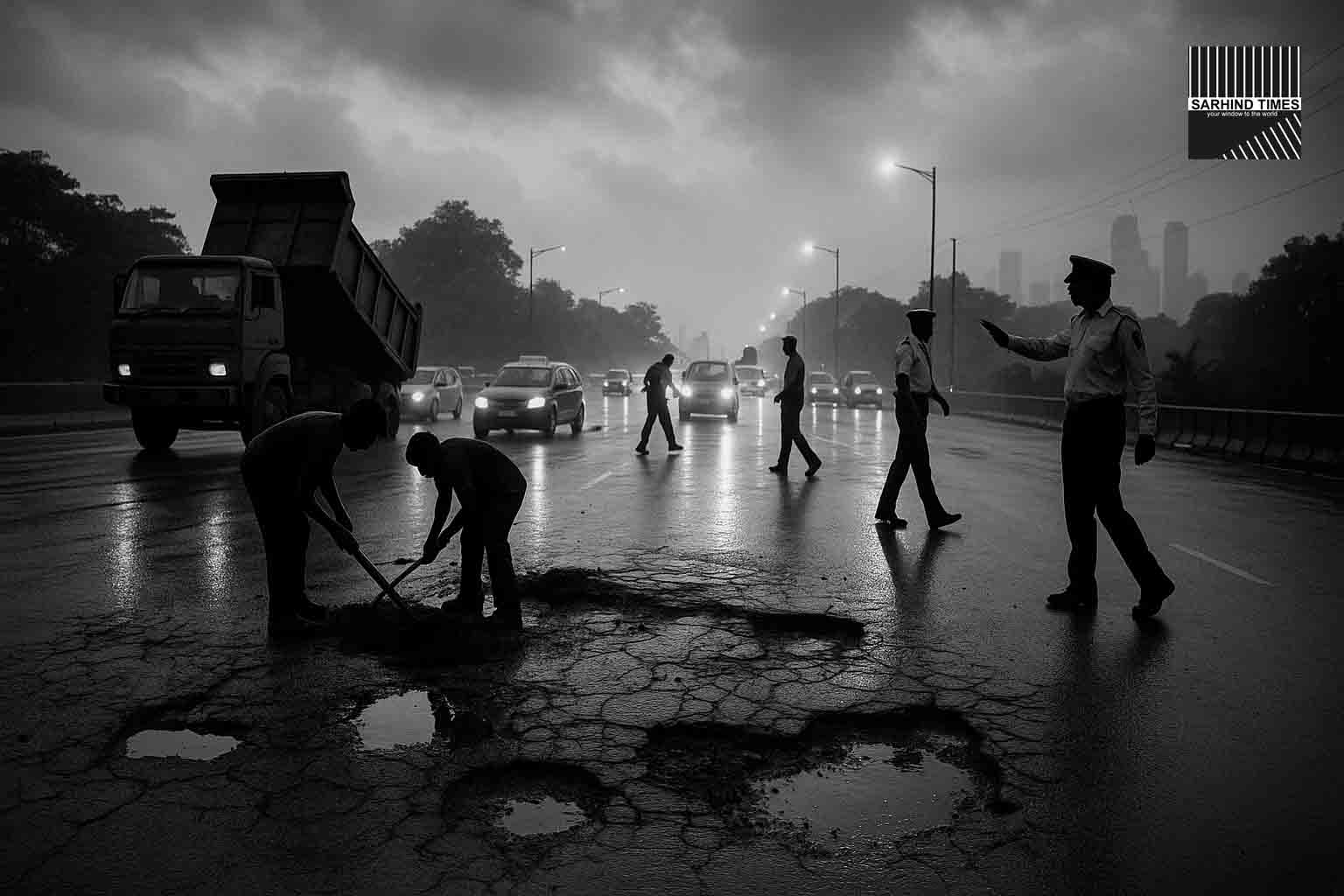

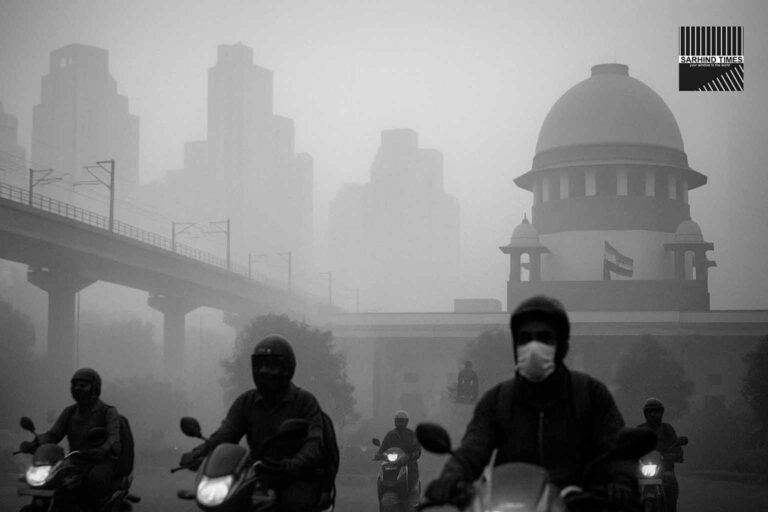
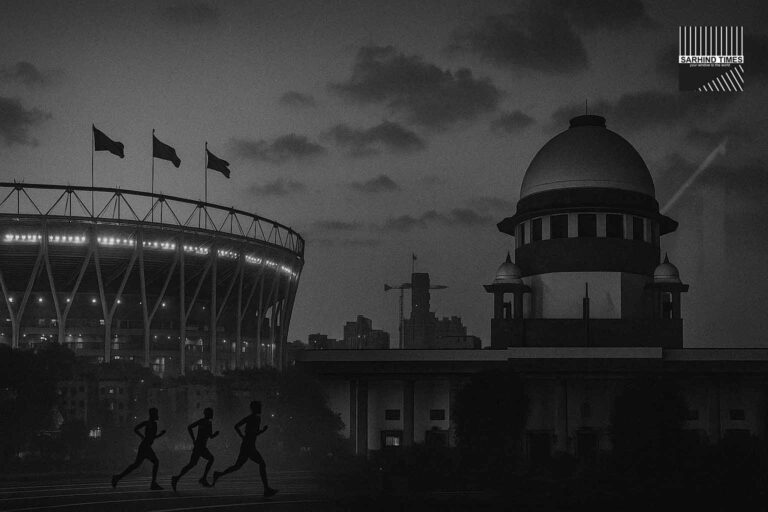



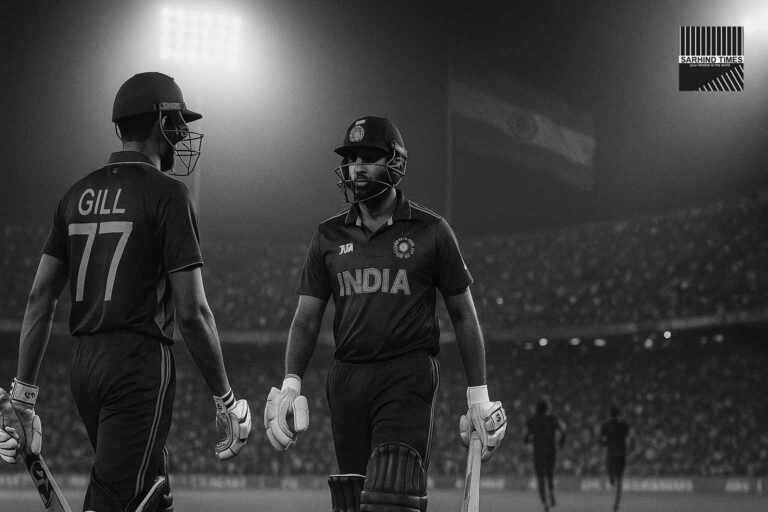
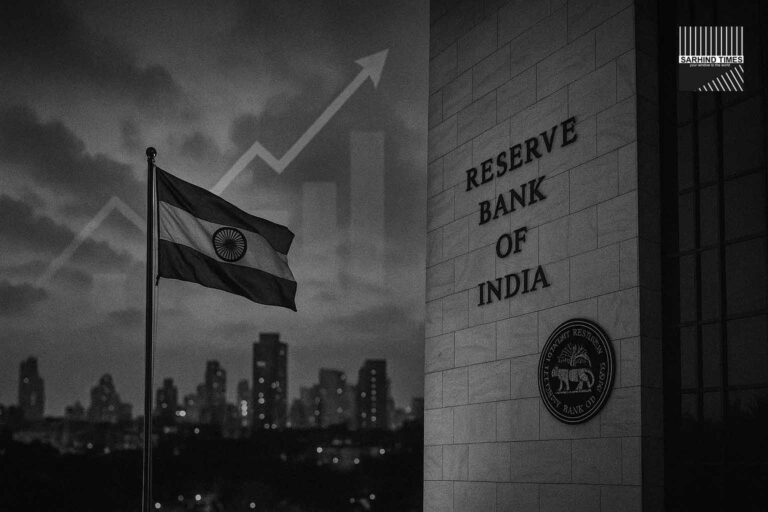
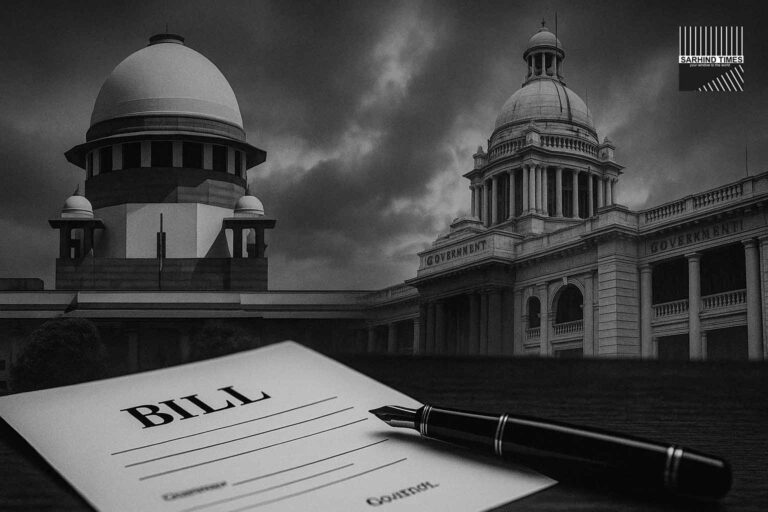
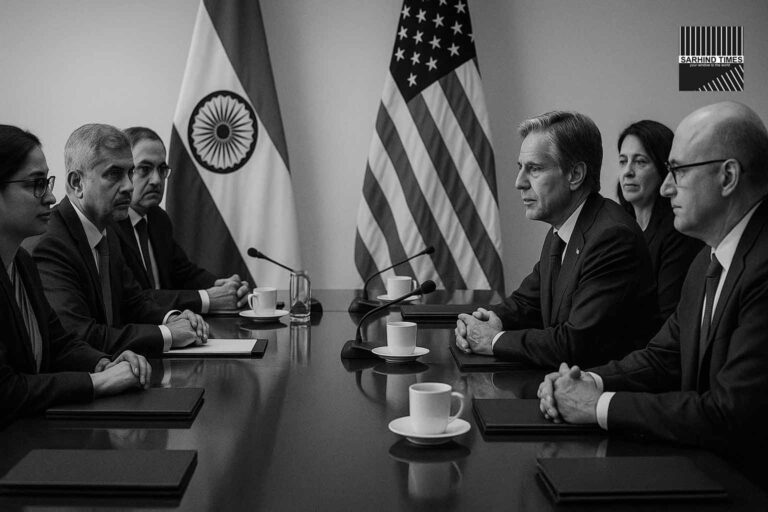
+ There are no comments
Add yours